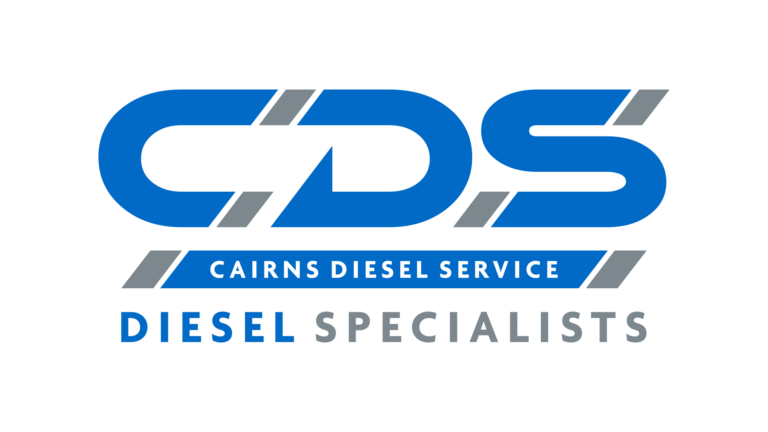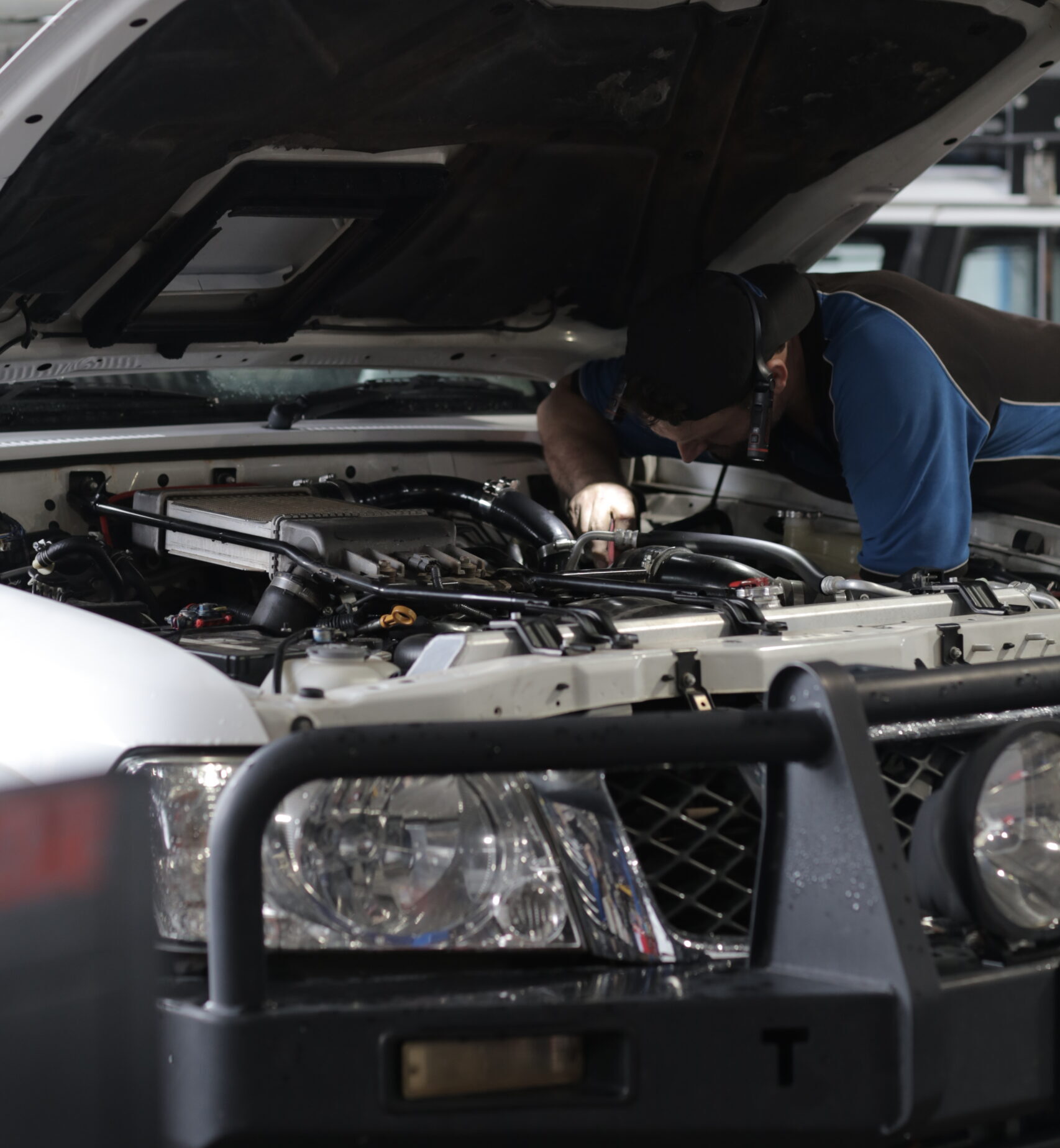Troubleshooting Diesel Engine Starting Issues: Let’s Find Your Problem

Cairns Diesel Service Vehicle Diagnostics
Diesel engines are known for their reliability and durability, but sometimes they can encounter starting problems. When your diesel engine fails to start, it can be frustrating and inconvenient. There are several potential causes for this issue, ranging from problems with the starter system to fuel system complications. In this comprehensive guide, we will explore the various factors that can affect the starting of a diesel engine and provide troubleshooting tips to help you diagnose and resolve the problem.
Go Through This Checklist
Before we delve into the troubleshooting process, it’s important to understand the two essential components that interact to create usable energy in a diesel engine: compression and fuel. Compression generates heat, while fuel combusts upon interacting with the heat. When something goes wrong in either of these systems, your diesel engine won’t start.
1. Checking the Starter System
The starter system is responsible for moving the crankshaft, which produces the mechanical compression necessary for combustion. When your diesel engine won’t start, it’s crucial to inspect the starter system and evaluate the cranking speed. A trained diesel technician may conduct the following checks:
- Battery strength: Ensure that the battery has sufficient power to crank the engine.
- Voltage drop: Measure the voltage drop across the starter circuit to identify any potential issues.
- Current draw: Assess the amount of current drawn by the starter motor to ensure it is within the specified range.
- Starter condition: Inspect the starter motor for any signs of damage or malfunction.
2. Compression and Combustion System
If the starter system and cranking power are functioning correctly, the next step is to examine the compression and combustion systems for any leaks. A leak in these systems can result in a loss of pressure, preventing the engine from compressing the air-fuel mixture effectively. Common areas to check for leaks include:
- Cracks in the head or head gasket
- Intake valves: Ensure that the intake valves are closing properly to maintain compression.
- Exhaust valves: Check the exhaust valves for any leaks or issues that could affect compression.
- Pistons or piston rings: Examine the pistons and piston rings for wear or damage that could cause compression problems.
Alternative ways to check for leaks
-
Cooling system: Use a cooling system pressure tester to check for leaks in the radiator, hoses, water pump, and thermostat housing. Pressurize the system and observe for any pressure drops or fluid leaks.
-
Intake and exhaust manifolds: Use a leak detection tool, such as a smoke machine or soapy water solution, to identify leaks in the intake and exhaust manifolds. Pressurize the systems and observe for smoke or bubble formation.
3. Glow Plugs
Unlike gasoline engines, diesel engines rely on glow plugs to start in colder temperatures. Glow plugs warm up the diesel fuel to a usable temperature, as diesel tends to become gel-like in lower temperatures. If your diesel engine fails to start in cooler weather, it may indicate a faulty glow plug. Consider replacing the glow plug to address this issue.
If you still haven’t found the issue – Troubleshoot the Fuel System
While diesel engines operate on a fuel-lean ratio, they still require fuel to initiate combustion. If the engine compression and cranking capability are functional, but the engine still won’t start, it’s essential to troubleshoot the fuel system. This includes your Diesel Fuel Injectors. Here are some key areas to investigate:
Fuel Injection Types
There are multiple types of diesel fuel injectors that control fuel injection and fuel pressure. Some fuel injector types can include:
- Common rail
- Hydraulic unit electrical injection (HUEI)
- Pump-line-nozzle (PLN) variations
- Unit injector (UI)
Advances in diesel technology and particulate filters have made fuel system diagnosis more technologically dependent. Here at Cairns Diesel Service we have the appropriate scan tools and training to understand the scan data.
Fuel Injection Pressure
If your diesel engine won’t start, the problem could be the amount of pressure in the fuel system. The engine may not start if the fuel pressure is too low. Fuel pressure that is too high can cause damage to the exhaust system while also increasing soot pollution in the exhaust.
In some cases, the diesel fuel injector may be stuck in a closed position, which prevents the fuel from reaching the combustion chamber. This issue is a likely factor if the pressure is ideal and there are no other identifiable problems with the compression or fuel systems.
How to test your fuel injection pressure
Procedure:
- Locate the fuel pressure test port: Consult your vehicle’s repair manual to identify the fuel pressure test port, typically located on the fuel rail or near the fuel pump.
- Prepare the test area: Ensure the surrounding area is clean and dry to prevent contamination of the fuel system.
- Connect the fuel pressure gauge: Follow the instructions provided with your gauge kit to properly connect the gauge to the fuel pressure test port.
- Start the engine: Start the engine and allow it to idle.
- Monitor the fuel pressure gauge: Observe the fuel pressure gauge readings. Compare the readings to the manufacturer’s specifications for your vehicle’s fuel system.
- Note the pressure variations: Pay attention to how the fuel pressure fluctuates during different engine conditions, such as idle, acceleration, and deceleration.
- Interpret the results: If the fuel pressure readings are consistently below the specified range, it indicates a potential issue with the fuel pump, fuel filter, or fuel pressure regulator. If the pressure is consistently above the specified range, it could indicate a clogged fuel injector or a faulty fuel pressure regulator.
- Record the results: Document the fuel pressure readings for future reference and comparison.
- Disconnect the fuel pressure gauge: Carefully disconnect the gauge from the fuel pressure test port.If this method didn’t give you any conclusive results, you can now check if the fuel is contaminated. Honestly this might be the most common issue we see come through our workshop weekly! So don’t rule this out as being the issue.
Fuel Contamination
Contaminants in the fuel can also lead to starting issues. Common fuel contaminants include:
- Air in the fuel line (indicating a leak in the closed system)
- Improper fuel or contaminated fuel (gasoline, water, etc.)
Contaminated fuel can cause severe damage to the fuel system and engine. Depending on the extent of contamination, you may need to replace fuel lines, fuel filters, or even the entire fuel system. We stress the importance of prevention by fitting Pre-Filters to your vehicle to help avoid any nasty contaminants getting in there. But if you don’t have any safety measures in place it can become quite expensive.
Preventative Measures:
- Regular fuel filter replacement: Replace your fuel filters regularly as recommended by the manufacturer. This helps trap contaminants before they reach the engine.
- Fit a Pre-Filter: A Pre-Filter is essentially a safety net that catches the first round of contaminants before entering your actual fuel filter and system.
- Use fuel additives: Consider using fuel additives that contain dispersants and detergents to help prevent contaminant buildup and improve fuel system cleanliness. For example Fuel Doctor, which is a great brand that we trust and sell.
How to check for contaminants in your fuel tank
Visual Inspection:
- Check for water: Water in the diesel fuel tank can cause severe engine damage. Open the fuel tank and inspect the bottom for any signs of water accumulation. Water will typically settle at the bottom due to its higher density than diesel fuel.
- Examine the fuel color: Clean diesel fuel should have a clear, light amber or straw-like color. If the fuel appears dark, cloudy, or has a reddish tinge, it could indicate contamination.
- Look for sediment: Sediment at the bottom of the fuel tank can clog fuel filters and injectors, disrupting the fuel flow and causing engine problems. Inspect the fuel for any settled particles or debris.
Fuel Sample Testing:
- Water detection: Use water-detection paste or tablets to check for water in the fuel tank. These products change color when they come into contact with water, indicating its presence.
- Microbial testing: Microbial contamination can lead to sludge formation and fuel system corrosion. Use a microbial test kit to detect the presence of microorganisms in the fuel.
- Laboratory analysis: For a more comprehensive evaluation, send a fuel sample to a laboratory for detailed analysis. They can identify the type and concentration of contaminants in the fuel.
Have you found the issue?
Hopefully by the end of this guide you have found the issue that is stopping your engine from running normally. If you still aren’t sure we can help you get it sorted! We are the experts in diagnosing and repairing Diesel Fuel Systems. Dealing with a diesel engine that won’t start can be a frustrating experience. However, hopefully by understanding the key components and systems involved in diesel engine starting, you can effectively troubleshoot and resolve the issue. Even if you don’t live in Cairns, we are more than happy to give you advice! We have a live chat text line where you can ask our friendly team questions that might get you out of trouble.
You can also call us on 4051 2386. We hope this helped, good luck!




